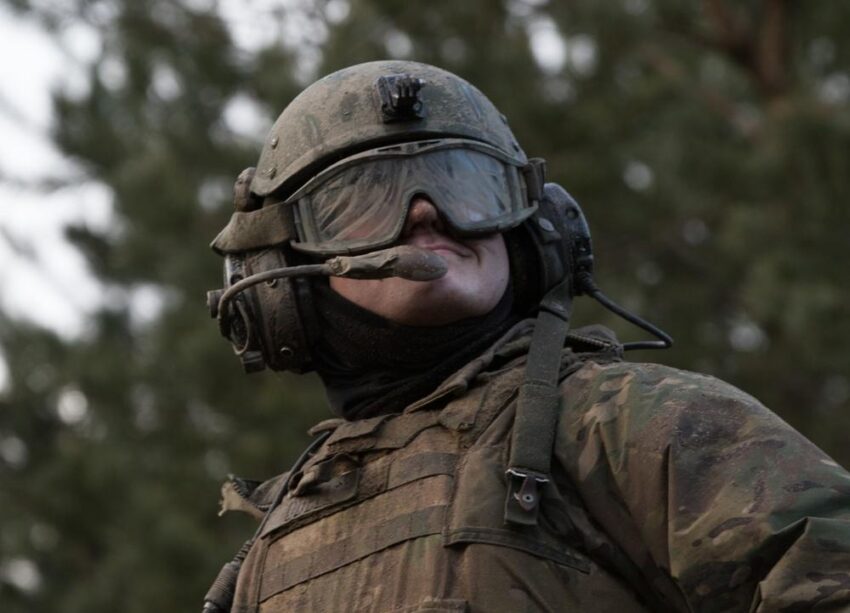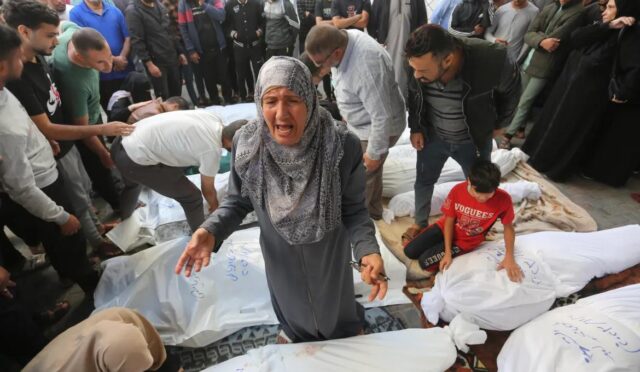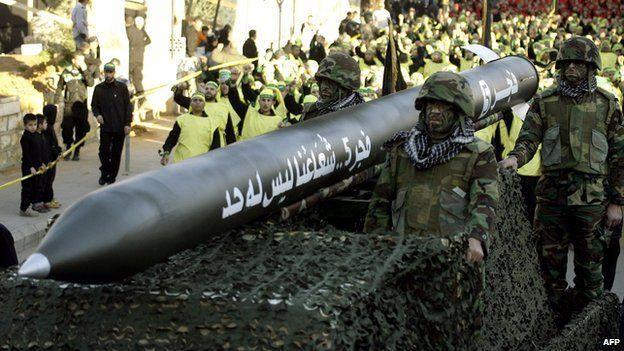NATO’s Live-Fire Exercise in Lithuania
The NATO Multinational Battle Group stationed in Lithuania has successfully conducted its inaugural live-fire training exercise, showcasing the advanced capabilities of Puma Infantry Fighting Vehicles (IFVs). This crucial event took place at the General Silvestras Žukauskas Training Area, located in the eastern part of the country. The exercise not only featured Puma IFVs but also involved the operational deployment of Leopard 2 battle tanks and PzH 2000 self-propelled artillery systems.
During the training, participants engaged in live-fire maneuvers targeting both stationary and dynamic threats, effectively simulating various combat scenarios. This event served not only to test the precision of individual units but also to enhance the coordination of maneuvers and combat support in a realistic operational setup. Additionally, NATO allies practiced essential tactics such as unit movements, obstacle crossing with bridge layers, defensive operations, and engaging in combat with simulated enemy forces.
Strengthening Eastern Flank Defense
Amid escalating tensions following Russia’s invasion of Ukraine in 2022, NATO allies are making concerted efforts to bolster their military presence along Europe’s eastern flank. As part of this initiative, four multinational battle groups have been strategically deployed in Estonia, Latvia, Lithuania, and Poland, aiming to enhance regional defense capabilities and deter potential aggressions.
The establishment of these battle groups sends a clear message: an attack on any one ally will be regarded as an attack on the entirety of the Alliance. “These forces represent the largest reinforcement of NATO’s collective defense in a generation,” highlighted the Lithuanian Armed Forces in a recent press release, emphasizing the importance of unity and strength in the face of external threats.
Composition of NATO Forces in Lithuania
Currently, the NATO forces stationed in Lithuania comprise approximately 1,600 troops, with Germany at the helm leading the battlegroup and contributing the largest contingent. This multinational force also sees participation from Belgium, the Czech Republic, Croatia, Norway, and Luxembourg, with troops rotating in to maintain a sustained presence.
The cooperation among these diverse forces underscores not only their commitment to collective security but also the importance of interoperability among allied nations. Such exercises are vital for enhancing collaboration and ensuring that all participating units are prepared for any eventuality in the region.







